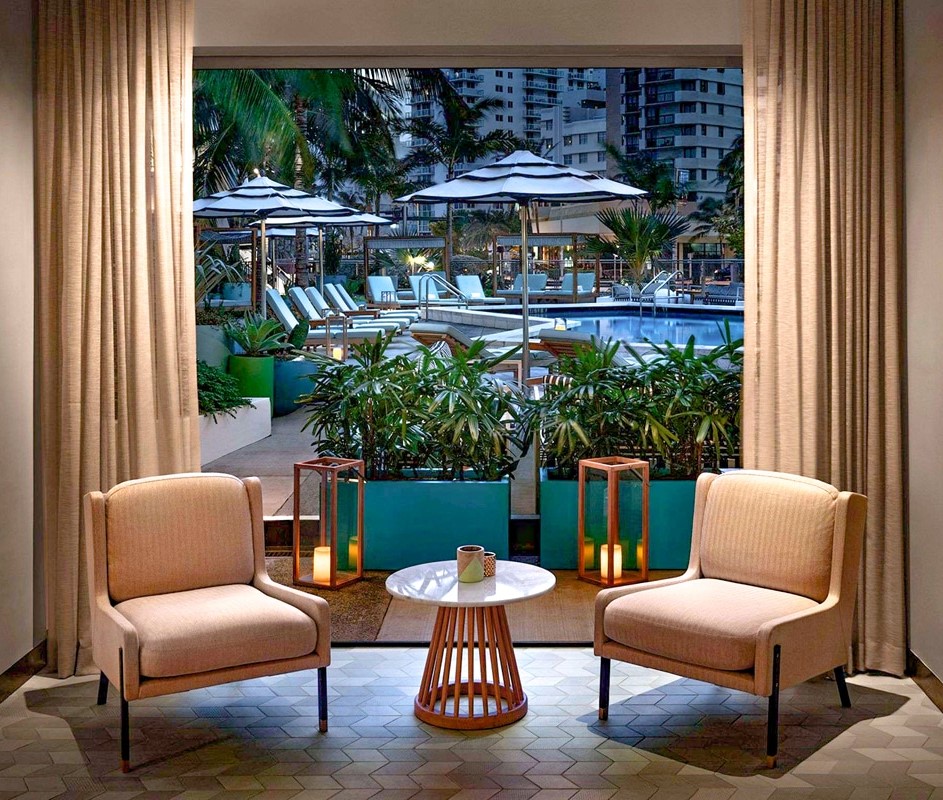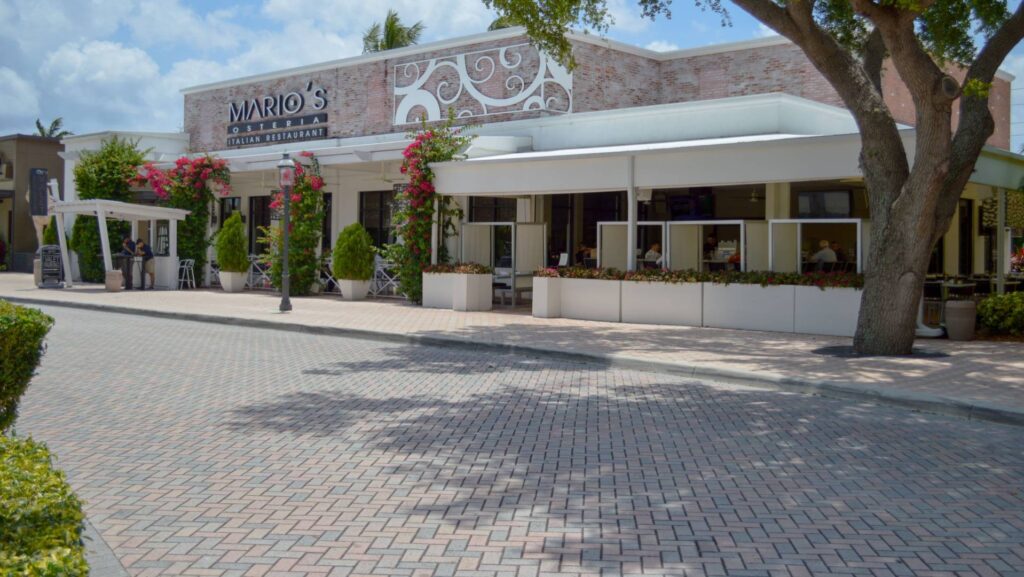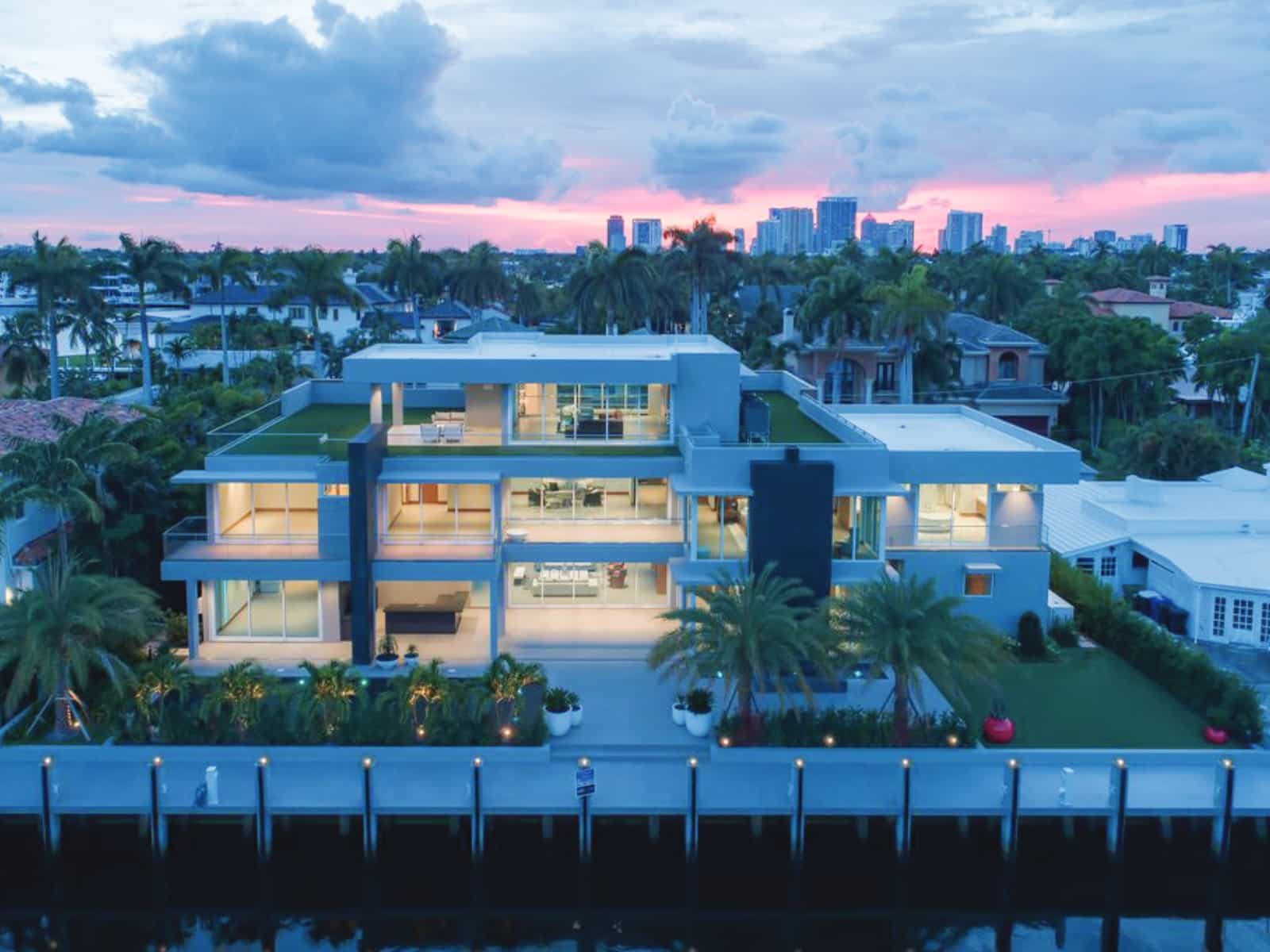When most people think of Landscape Architecture, the idea that it could be sustainable or good for the environment is not often a thought that comes to mind. Architecture more seems to deal with brick and concrete, with the construction of buildings that take over the natural world as opposed to letting Shrubbery grow as it pleases. Thankfully, this doesn’t have to be the case, and that’s where an Environmental Architect gets a chance to shine!
In this article, we’ll focus on all the ins and outs of this type of landscape architecture. From defining just what an environmental architect does all the way to provide a few of our favorite ways to implement this environmental design (we’re looking at you, fiberglass planters!), we’ve got you covered on all you need to know.
To get started, learn about Green Landscaping and Landscape Design
Table of Contents
Introduction To Environmental Architecture
What Is Environmental Architecture?

Let’s begin with the basics. Environmental architecture, sometimes called sustainable architecture or green architecture, is a design and construction practice that prioritizes minimizing the negative impact of buildings on the environment and promoting sustainable, eco-friendly solutions.
A building with environmental design and construction practices is usually energy efficient, uses renewable resources, conserves natural resources, and considers the ecological and social context upon which said building is situated.
What Does An Environmental Architect Do?

Based on the previous definition, the ultimate goal of an environmental architect is to construct a building that is as environmentally friendly as possible, all the while satisfying the needs of the people using the property.
There are numerous ways in which an environmental architect can actually do this. Environmental design encompasses so many different facets of architecture, that to be able to properly explain everything, we’ll need to first consider the role of an environmental architect.
Learn about Hardscape vs Softscape for a better understanding of landscape architecture!
The Role Of An Environmental Architect
Responsibilities And Duties
- Incorporating sustainable design principles into architectural projects with the aim of minimizing environmental impact and promoting energy efficiency
- Conducting site research to understand the environmental context and then planning for sustainable design interventions
- Planning and implementing strategies for energy conservation, waste management, water efficiency, and sustainable material selection
- Integrating natural elements such as daylight, ventilation, and green spaces into the design to enhance occupant comfort and well-being
- Ensuring compliance with environmental regulations, codes, and certifications related to sustainable design practices
Learn about the Shapes and Sizes of Planters

Skills And Qualifications
- Proficiency in architectural design principles, construction techniques, and building systems.
- Knowledge of sustainable design concepts, green building rating systems (LEED, BREEAM, etc.), and environmental regulations.
- Analytical thinking and problem-solving abilities to address complex environmental challenges in architectural projects.
- Attention to detail and ability to balance aesthetics, functionality, and sustainability in design solutions.
- Knowledge of creative outlets to effectively integrate creative solutions to sustainable architecture. For example, knowledge of art history.
Collaboration With Other Professionals
- Collaborating with architects, engineers, and urban planners to integrate sustainable design principles from the early stages of the project.
- Working closely with landscape architects to incorporate sustainable site planning, green spaces, and stormwater management strategies.
- Coordinating with mechanical, electrical, and plumbing engineers to optimize energy-efficient systems and technologies.
- Engaging with sustainability consultants and experts to evaluate and certify projects for green building rating systems.
- Collaborating with clients and stakeholders to understand their sustainability goals and translating them into actionable design strategies.
How do you save Time and Money with Fiberglass Planters?
Principles of Environmental Architecture

Moving on, let’s now take a look at the principles an environmental architect follows in order to best satisfy environmental design and construction requirements. While there are more principles one could think of, these are a good starting off point to get a better understanding of sustainable architecture.
Integration of Natural Elements
Maximizing Natural Light

Environmental architects prioritize the design and placement of windows, skylights, and other openings to maximize the use of natural light. This reduces the reliance on artificial lighting during the day, leading to energy savings and an improved sense of well-being and productivity for the occupant.
Utilizing Passive Solar Design
Passive solar design techniques involve strategically positioning buildings to optimize solar heat gain in the winter and minimize it in the summer. By incorporating features like well-insulated building envelopes, thermal mass, and shading devices, environmental architects can enhance energy efficiency without heavily relying on mechanical heating and cooling systems.
Incorporating Ventilation Strategies

Environmental architects integrate natural ventilation strategies to promote fresh airflow within buildings. This can involve the use of operable windows, cross-ventilation design, and stack effect principles to enhance indoor air quality, reduce reliance on mechanical ventilation systems, and decrease energy consumption.
Find out all you need regarding Planting in Tall Pots!
Sustainable Material Selection
Use Renewable Resources
Environmental architects prioritize the use of materials derived from renewable sources, such as sustainably harvested timber or bio-based products. By favoring renewable resources, it’s possible to reduce the reliance on non-renewable materials and contribute to conservation.
Recycled and Reclaimed Materials
Environmental architects promote the use of recycled and reclaimed materials, such as metals, wood, or repurposed construction materials. By incorporating these materials into their environmental design, they reduce waste, support recycling efforts, and minimize the environmental impact associated with using new materials.
Low-impact Manufacturing Processes
Environmental architects have to consider the environmental impact of the manufacturing processes behind building materials. They prioritize materials that have been produced using energy-efficient techniques, have low carbon emissions, or employ environmentally friendly production methods. This ensures that the embodied energy and environmental footprint of the materials used in construction are minimized.
Energy Efficiency and Conservation

Efficient HVAC Systems
HVAC stands for heating, ventilation, and air conditioning, and environmental architects must design and specify highly efficient HVAC systems. This includes the selection of energy-efficient equipment, such as high-efficiency furnaces, heat pumps, and air conditioning units.
Smart Building Automation
An environmental architect incorporates smart building automation systems that enable energy management and optimization. These systems use sensors, controls, and algorithms to regulate lighting, HVAC systems, and other building components, responding to occupancy patterns and environmental conditions. This intelligent control helps reduce energy consumption and improve operational efficiency.
Energy-Efficient Lighting Solutions

An environmental architect prioritizes the use of energy-efficient lighting technologies, such as LED (light-emitting diode) fixtures. They also design lighting layouts that maximize the effectiveness of natural light and utilize daylighting strategies. By implementing energy-efficient lighting solutions, they reduce electricity consumption and lower the environmental impact associated with artificial lighting.
How do you use planters for privacy? Read this Tall Planters for Privacy guide to find out
The Role Of Fiberglass Planters In Sustainable Architecture

While the former half of this post has gotten into the nitty gritty details of what it means to be an environmental architect, now let’s focus on how fiberglass planters can be an asset to any sort of environmental design.
This will be separated into three parts. First, let’s find out just what fiberglass planters are.
What’s A Fiberglass Planter?

To put it plainly, fiberglass planters are containers made from a composite material consisting of fiberglass strands and a resin binder. These planters are lightweight, durable, and have a smooth surface finish. They come in various shapes, sizes, and colors, offering design flexibility for integrating greenery into architectural spaces.
Jay Scotts Collection offers a wide range of fiberglass planter options, allowing you to find the best pot suited to your environmental design. But before that, how does a fiberglass planter even work in this kind of landscape architecture?
How Does A Fiberglass Planter Fit Into Environmental Design?
Enhance Biophilic Design
Fiberglass planters play a crucial role in biophilic design, which seeks to connect people with nature. By incorporating plants and greenery into architectural spaces, fiberglass planters help create a visually pleasing environment, improving well-being, reducing stress, and increasing productivity.
Green Urban Spaces
In urban areas with limited green spaces, fiberglass planters offer the opportunity to introduce vegetation and enhance the urban landscape. They allow for the incorporation of plants in rooftops, balconies, patios, and other urban settings, bringing nature closer to people and mitigating the heat island effect.
Promote Biodiversity
Fiberglass planters can support the growth of various plant species, including native and pollinator-friendly plants. By creating habitat opportunities, they contribute to biodiversity conservation and support ecosystem services like pollination and improved air quality–It’s almost like creating your very own green environment!
Features Of A Fiberglass Planter In Environmental Architect

While we’ve just discussed how a fiberglass pot fits into environmental design, it’s important to understand the why behind it all. Let’s take a look at a few features of these pots to find out just what makes them so great for the environmental architect!
Durability And Longevity
Fiberglass planters are known for their durability and resistance to cracking, warping, and fading. They can withstand harsh weather conditions, making them suitable for both indoor and outdoor applications, and for any type of environmental design. Their long lifespan reduces the need for frequent replacement which also promotes sustainability!
Lightweight And Versatile Design
Fiberglass planters are lightweight, making them easy to transport, install, and rearrange. No matter the architecture of a building, its versatility allows for creative and flexible placement, enabling designers to experiment with different spatial configurations and plant arrangements to achieve aesthetic and functional goals.
Water Management and Drainage Systems
Fiberglass planters often come with integrated water management features, such as drainage holes and reservoirs. These features help regulate water levels, prevent overwatering, and promote healthy plant growth. Effective water management practices reduce water waste and support water conservation efforts.
Check out this Fiberglass Planter Guide for more information!
5 Ways To Use Fiberglass Planters For Environmental Design!
Rooftop Gardens

An environmental architect can utilize fiberglass planters to create rooftop gardens. These planters can be placed on rooftops and provide a space for vegetation and greenery. By incorporating plants in rooftop gardens, environmental architects can mitigate the urban heat island effect, improve air quality, and provide a natural habitat for birds, butterflies, and other pollinators.
Want more on rooftop planters? Check out this Buyer’s Guide to Rooftop Planters
Vertical Gardens

Fiberglass planters can be used to create vertical gardens on exterior walls or interior spaces. An environmental architect can install a series of planters vertically, allowing for the growth of climbing plants or the placement of cascading greenery. Vertical gardens not only enhance aesthetics but also improve indoor air quality, regulate temperature, and contribute to biophilic design.
Indoor Plants!

An environmental architect can utilize fiberglass planters to introduce plants into indoor spaces. By strategically placing these planters throughout the interior, architects can enhance indoor air quality, create a soothing and visually appealing atmosphere, and promote occupant well-being. Fiberglass planters offer design flexibility and can be incorporated as standalone planters, partition walls, or integrated into furniture pieces.
Indoor plants for your home? Read up on these 6 Simple Ideas
Plants For A Streetscape

Fiberglass planters can be used to enhance the streetscape in urban areas. Environmental architects can place planters along sidewalks, plazas, or pedestrian zones, introducing greenery and vegetation to soften the urban environment. These planters can help mitigate the effects of concrete and asphalt, provide shade, reduce noise pollution, and contribute to the aesthetics and livability of the urban space.
Green Screens & Privacy

Environmental architects can utilize fiberglass planters to create green screens and privacy barriers. By arranging these planters in a strategic manner, it’s possible to create partitions or walls that incorporate vegetation. These green screens not only offer privacy and separation between different areas but also provide visual interest, reduce noise, and improve air quality.
Privacy for the patio? Take a look at these 6 Planter Box Ideas For Privacy
Jay Scotts Collection Offers The Best Planter Solutions Available
All of Jay Scotts Collection planters come with an industry-leading warranty for both residential and commercial use giving you peace of mind that your investment is safe, and that the form, function, and beauty of your new planter will last beyond expectations.
Are you a Landscape Architect or Designer and want to get more customers with our planters? Contact us today to learn more about the exciting opportunities our wholesale range can deliver!
All our planters are available for retail customers too. Select your planters, size, and finish, and enjoy incredible value at affordable prices!
Shop now and get planting!
